I’ve written and spoken about how to survive all-nighters, but it’s best if we can avoid them in the first place, right?
All-nighters are very unhealthy for you, especially if you find yourself doing them all the time. Working for hours on end, especially overnight, can cause you to make mistakes in your work, can make you sick, and can be seriously dangerous if you’re working on models with knives and machinery without sleep. Here are my tips on how to avoid all-nighters.
What's an Eraser Pen
Who knew you didn't have to take an Xacto to your erasers to erase with precision!?
Having the right tool for the job is key for productivity. Improvising can work well at times but I've found that improvising can take up valuable time and can lead to unsatisfactory results.
When I was in my earlier years in school I used to use an Xacto or Olfa knife to sharpen my erasers when there was a small area that needed to be fixed or erased. Once I found the eraser pen though, it saved me tons of time and I could see a noticeable difference in the quality of my erasing which is important on final drawings! Watch below to see the eraser pen in action.
Eraser pen I use: Staedtler*
What's a Lead Holder?
When I was first starting out in architecture I knew close to nothing about what supplies I needed, how to use them, or where to get them. I want to save you the trouble and stress of not knowing these things. This is the first video of a new series called "What's This Thing?" where I will introduce different architecture studio supplies, and terminology and explain what they are and how to use them. In this video we look at a lead holder and lead refills.
Here are the lead holders I use: Kohinoor* and Prismacolor Turquoise*
Here are the lead refills that I use: Prismacolor Turquoise*
The Best Computer for Architecture
The Best Computer for Architecture
Updated 01/01/2019
What is the best computer for architecture students?
I have been getting A TON of questions about this! Typically, I advise people to review school requirements and do a little bit of research - I still stand by that philosophy for the most part. While I do think it's important to understand what your school requires you to have in terms of computer specifications, here I suggest a different path. Watch to find out!
Also see my computer specifications here to build your own custom computer!
How to Apply for Jobs and Internships in Architecture
For most people, the reason you study architecture is so you can earn your degree and pursue a career in the field. There is A TON of competition out there with school's architecture programs growing every year. Help yourself stand out from the crowd and get that job!
There are 4 essential, physical things you will need to apply for jobs and internships in architecture.
1. Cover letter
2. Resume
3. Portfolio
4. Teaser portfolio (bonus)
Find out what they are and how to use them to your advantage!
6 Tips for Staying Focused in Studio
The architecture design studio is a magical place with tons of people and it holds with it an energy that's hard to explain. The studio is a great space to get inspiration; however, it can be a terrible place to actually get work done! There are so many noises and people around and just about every distraction you can imagine. That being said, there are actions you can take to get yourself in the "getting work done" mindset - here are 6 tips I use daily to get myself focused in studio!
1. Noise cancelling headphones
2. Organize your desk
3. Turn off phone wifi +/ data
4. Take a break
5. Stay hydrated + well-fed
6. Make prioritized to do list(s)
Studio Vlog 7
Since I'm taking a timber studio, we took a field trip to different wood manufacturing factories to see exactly how the wood that we build with is cut, glued, transported, and everything in between! This was one of my favorite field trips yet, come along with me for the ride!










